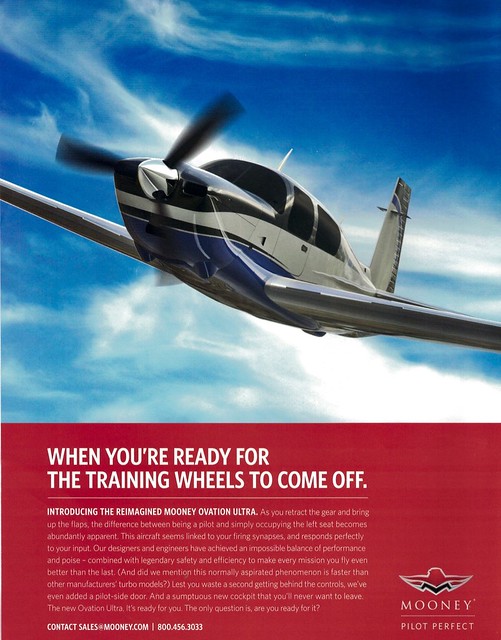FloridaPilot
Pattern Altitude
[begin derailment]
I've read most of this thread partly because I love learning about all of the different airframes out there and real life experiences of their owners. I do roll my eyes at how most threads here turn out (albeit not as bad as the ahem red board). You can make a point and still be respectful; many choose not to be so. Others, like yourself, and myself, and even more seasoned guys, are always eager to learn and enjoy gleaning from the experiences of others, and I respect your post above in that light.
That said, 6 lbs/100LL gallon is knowledge that you MUST have at the top of your head! Rhetorically, how do you do your W&B? Honestly, I hate hate hate piling on here - and I never do this - but this is pre-solo stuff, my friend...a point being, it makes some of us wonder what other critical knowledge that you need to know off the top of your head simply just to stay alive when the ish hits the fan. On that note, many of the critical/chest-thumping/seemingly harsh responses are occasionally well-intentioned, simply because we don't want to read another preventable accident report on one of our own. I try stay humble (well as humble as pilots can be) and I guarantee you mine and some others' responses here are not intended to inflate our own egos but to help, as hard as it may come across. Thanks for understanding.
[carry on]
Thank you for your post!
Well noted when fueling and planning I should know You are right. On a normal day I fly the Cessna 172 Skyhawk SP and the Piper Archer. I either go up by myself or with an instructor to watch what I'm doing, I have a flight planner at the fbo which helps us calculate W&B and fuel. We always take off with fuel at the tabs and with 895 useful in the 172 there's no way we go over that with two people and no baggage. Especially if we are just flying around Florida.
Now with other Aircraft like the Cirrus and Mooney I realize that it's going to be more planning with Fuel and distance and I'm aware of that. I'm going up in the Cirrus on Saturday with a Cirrus person so I will learn what is expected and then I will go up with a Mooney person sometime in January. I'm not purchasing a plane tomorrow, I'm just setting up the groundwork and what I need to learn to get there and I WILL get there.
I will listen to people that are tactful and respectful because I give that same respect so I demand it in return, it's not too much to ask.
FP








